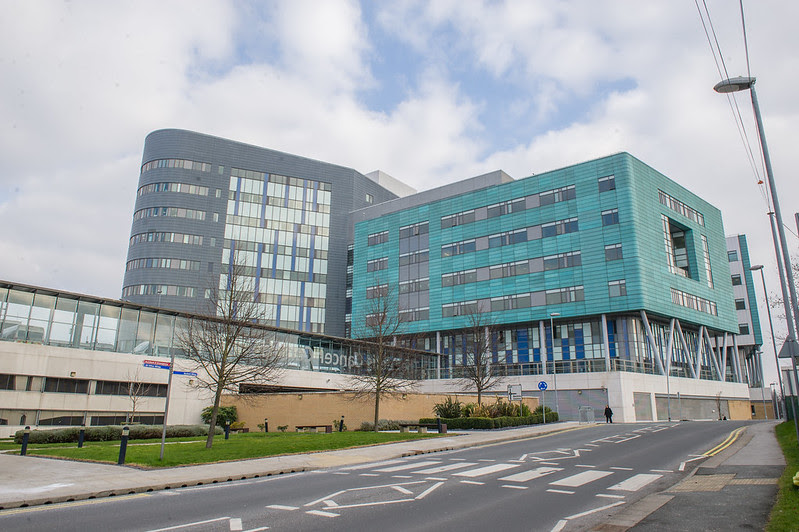
As well as its vision for net-zero carbon new hospitals on the Leeds General Infirmary site, The Leeds Teaching Hospitals NHS Trust is on track to meet the NHS carbon emission targets across its estate, with a framework of interventions identified in its new Green Plan and Estates Decarbonisation Strategy.
As one of the largest teaching hospital NHS trusts in the UK, it has a complex estate portfolio covering 500,000sq m and with buildings varying in age, heritage, condition, and suitability for clinical delivery. With an estate of such size, energy demands and the fabric of the buildings account for a significant proportion of the organisation’s carbon emissions. And, to address this, they have commissioned Mott MacDonald to produce a comprehensive Estates Decarbonisation Strategy – a ‘Roadmap to Net Zero Carbon’, which outlines how the trust will reduce its reliance on fossil fuels and increase its use of low-carbon energy. The four-step approach will focus on making every kilowatt of energy count; transitioning buildings to low-carbon heating; reducing reliance on fossil fuels; and increasing the use of on-site renewable technology.
Each of the trust’s five hospital sites now has a detailed roadmap for the engineering interventions needed to become carbon neutral. Craige Richardson, executive director of estates and facilities, said: “The trust recognises that if we are to provide the best-possible care to our patients, and improve their quality of life, we need to reduce our environmental impact. “Working with industry experts such as Mott MacDonald demonstrates our commitment to making radical changes and being at the forefront of creating a greener NHS. “We will continue to embed sustainability into all our core activities so that it can become an integral part of our culture.” To date, efforts to reduce waste and drive improvements in quality have led to a 33% reduction in carbon emissions across the trust. Achievements include investing £22m in energy-efficient projects funded by the Public Sector Decarbonisation Scheme which have led to a significant reduction in the use of harmful anaesthetic gases, less waste sent to landfill, and the conversion of all general waste into energy. The plan also details the 10 action areas the trust will focus on moving forward, such as sustainable models of care, travel, and transport, food and nutrition, and medicines.
Chris Kelly, associate director for estates compliance and risk, said: “We now have a decarbonisation road map for each of our five hospital sites, which details the interventions and capital investment needed to decarbonise the trust estate. “The focus will be on reducing the use of harmful fossil fuels, improving energy efficiency, and transitioning to low-carbon energy sources. “Works will include building fabric upgrades, LED lighting, integration of renewable technologies, and expanding our connections to the local district heating network, Leeds Pipes.” Hope Lovelady, net zero carbon engineer at Mott MacDonald, added: “Developing the Estates Decarbonisation Strategy was a challenging project due to the size and complexity of the estate. However, we took the opportunity to use an innovative, data-driven approach with our Net Zero Estates Tool to develop and test interventions across the various sites to produce bespoke site roadmaps to net zero.”